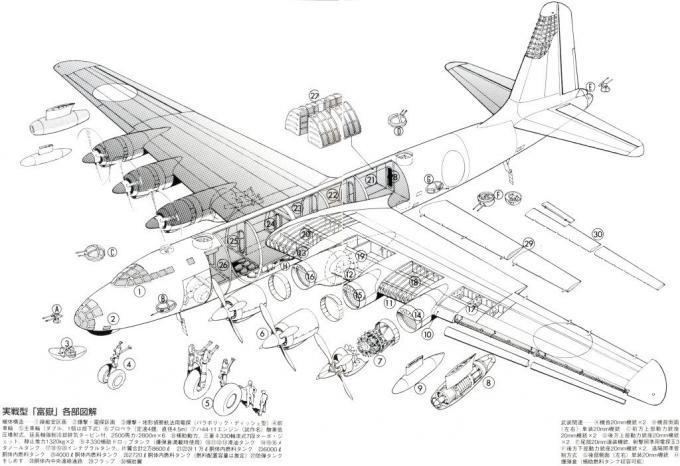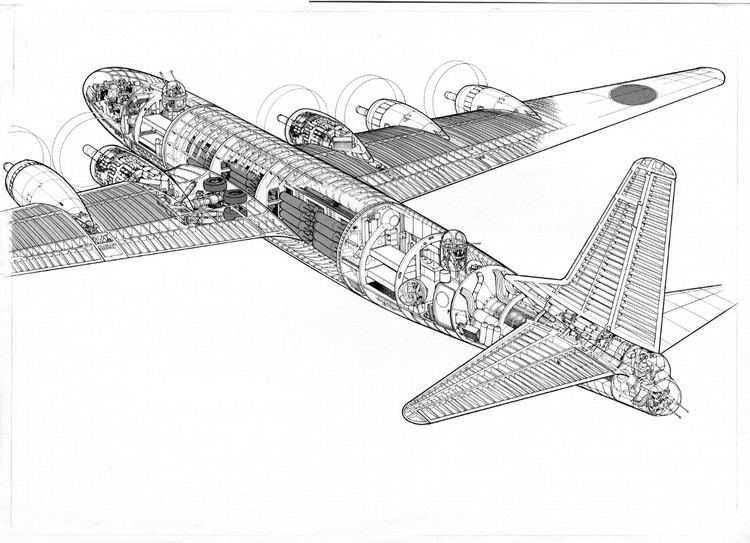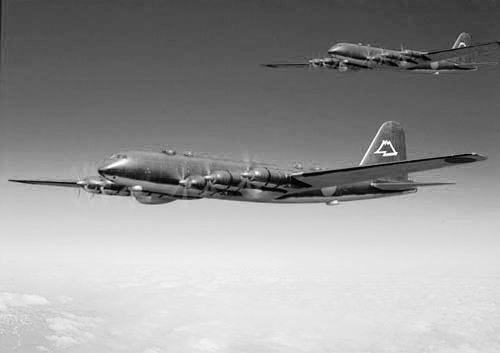Top speed 679 km/h Length 45 m | Wingspan 65 m | |
Rc nakajima g10n fugaku kfc 2016
The Nakajima G10N Fugaku (Japanese: 富岳 or 富嶽, "Mount Fuji"), was a planned Japanese ultra-long-range heavy bomber designed during World War II. It was conceived as a method for mounting aerial attacks from Japan against industrial targets along the west coast (e.g., San Francisco), Midwestern (e.g., Detroit, Chicago, and Wichita) and Northeastern (e.g., New York and Norfolk) of the United States. Japan's worsening war situation resulted in the project's cancellation in 1944 and no prototype was ever built.
Contents
- Rc nakajima g10n fugaku kfc 2016
- Design and development
- Operators planned
- Specifications Project Z Fugaku projected
- References

Design and development

The Fugaku had its origins in "Project Z", a 1942 Imperial Japanese Army specification for an intercontinental bomber which could take off from the Kuril Islands, bomb the continental United States, then continue onward to land in German-occupied France. Once there, it would be refitted and make another return sortie.

Project Z called for three variations on the airframe: heavy bomber, transport (capable of carrying 300 troops), and a gunship armed with forty downward-firing machine guns in the fuselage for intense ground attacks at the rate of 640 rounds per second (i.e. 38400 rounds per minute).

The project was conceived by Nakajima head Chikuhei Nakajima. The design had straight wings and contra-rotating four-blade propellers. To save weight, some of the landing gear was to be jettisoned after takeoff (being unnecessary on landing with empty of bomb load), as had been planned on some of the more developed German Amerika Bomber competing designs. It used six engines, as with the later Amerika Bomber design competitors, to compensate for German aircraft engines being limited to 1,500 kW (2,000 hp) maximum output levels apiece.
Development started in January 1943, with a design and manufacturing facility built in Mitaka, Tokyo. Nakajima's 4-row 36-cylinder 5,000 hp Ha-54 (Ha-505) engine was abandoned as too complex.
Project Z was cancelled in July 1944, and the Fugaku was never built.
Operators (planned)
Specifications (Project Z / Fugaku projected)
Data from Japanese Secret Projects:Experimental aircraft of the IJA and IJN 1939–1945
General characteristics
Performance
